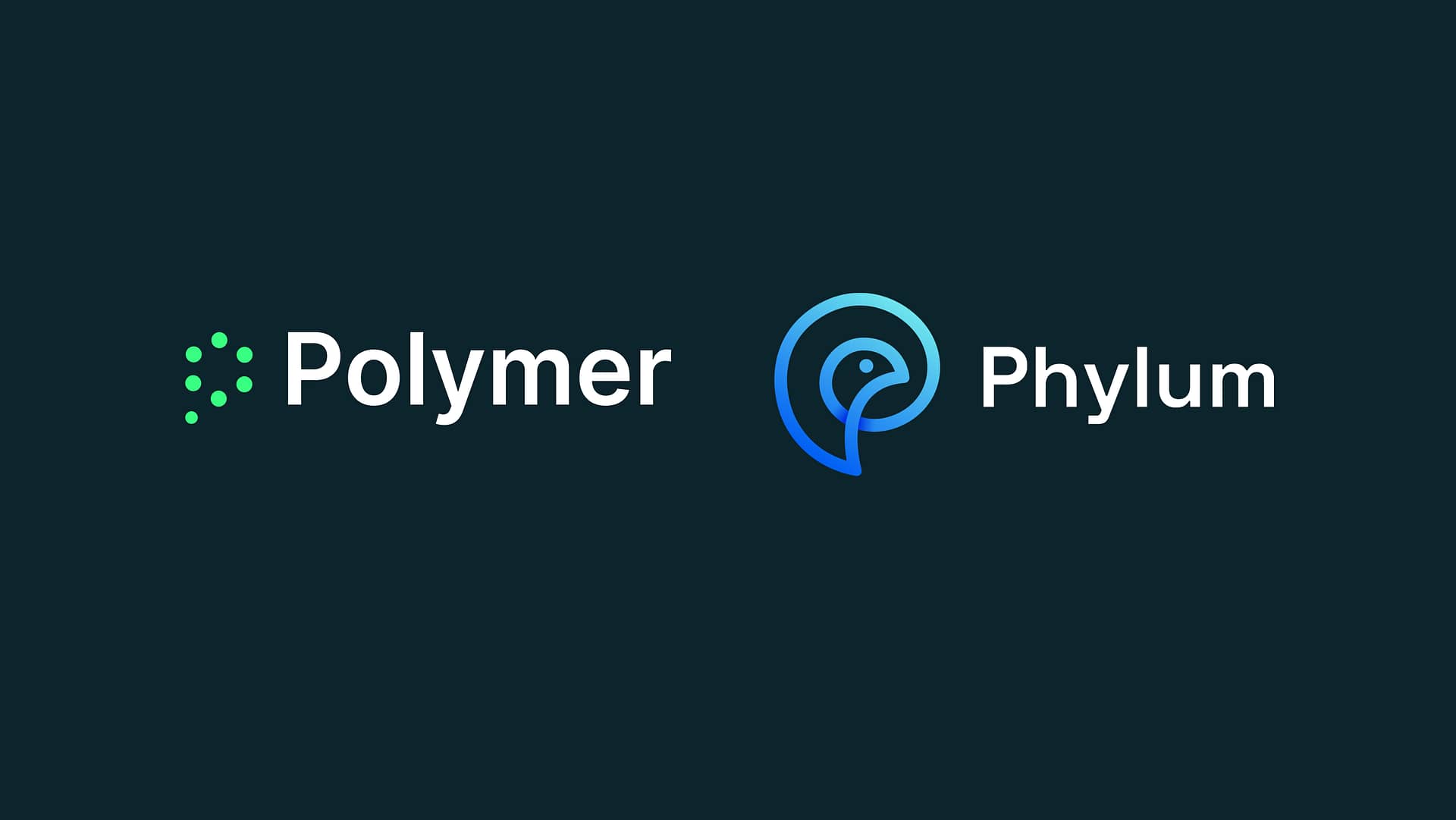As more organizations embrace cloud applications like Google Workspace and Microsoft 365, the security risks are escalating. In fact, 4 out of 5 companies have fallen victim to a cloud security breach in the last 18 months.
While it’s easy to blame the cloud itself, the reality is more complex: these breaches are not typically the result of sophisticated hackers or malicious cyberattacks. As research shows, a staggering 88% of cloud data breaches are caused by human error—meaning the responsibility lies squarely on the shoulders of employees, not cloud providers.
Nevertheless, the cloud is undoubtedly the future of business operations. But, with the financial and reputational damage of data breaches growing exponentially, organizations can no longer afford to overlook the risks posed by human mistakes.
The answer? Strengthening your organization’s human firewall.
What is a human firewall?
A human firewall is a people-driven approach to cybersecurity, where employees are empowered to become the first line of defense against cyber threats. Rather than viewing people as potential liabilities or vulnerabilities, this approach recognizes employees as critical assets—individuals who can actively protect an organization from harm, rather than unknowingly contributing to security risks.
Through comprehensive training in cybersecurity best practices, employees gain the knowledge and skills necessary to identify and neutralize potential threats like misconfigurations, compliance violations, and social engineering tactics that could undermine an organization’s cloud security.
Building a human firewall means fostering a security-first culture where every employee understands their responsibility in safeguarding the organization’s assets. It’s about shifting the mindset from relying solely on digital solutions to recognizing that security is a shared responsibility—where each individual plays a critical role in protecting the organization from within.
Barriers to cultivating a human firewall
The human firewall should be the goal for all organizations. However, for many it is just an aspiration. The reason? How training is delivered.
For far too many organizations, security training is treated as a one-time, tick-box exercise—delivered once a year or quarterly with little thought given to the specific roles and responsibilities of employees. These sessions are often dull and disengaging, creating the perception that they’re a necessary burden to rush through so employees can return to their “real work.”
These kinds of sessions don’t just fail to engage employees—they don’t work. Research from the Harvard Business Review shows that only 10% of employees remember training after a single session. Without reinforcing the training, making it relevant to each employee’s daily tasks, and engaging them continuously, the knowledge gained quickly fades.
To truly build a human firewall, organizations must rethink their approach to security training. It’s not enough to check a box or offer a once-a-year course. A more dynamic, ongoing, and role-specific training program is required—one that is not only relevant to each individual but also delivered in a way that engages and empowers employees.
Human risk management: The key to building a human firewall
To empower employees to safeguard cloud security, organizations must adopt a more effective approach to security awareness training: human risk management (HRM).
With HRM, training is integrated directly into the employee’s workflow (in apps likeSlack, Microsoft Teams, and Google Workspace) allowing them to learn about security in real time, as they perform their daily tasks—rather than passively absorbing theoretical knowledge in a one-off session.
Here’s how human risk management builds a human firewall:
- Risk monitoring: HRM systems actively track employee behavior, converting risky actions into a dynamic risk score. This helps organizations quickly identify security lapses, insider threats, or compromised accounts, enabling rapid intervention before problems escalate.
- Real-time intervention: HRM solutions deliver context-sensitive nudges instantly when risky behavior is detected. These real-time interventions help employees correct their actions immediately, reinforcing a security-first mindset and preventing mistakes from turning into breaches.
- Contextual relevance: Leading HRM solutions deliver training tailored to each employee’s role and permissions, ensuring content is relevant to their daily tasks.
- Data security: HRM solutions integrate with data security posture management (DSPM) tools, mitigating the risks of data leakage whilst building a culture of security.
A human firewall starts with human risk management
Organizations must shift their perspective from viewing employees as a potential security risk to seeing them as the first line of defense against data leaks and breaches. With human risk management solutions, companies can create a strong human firewall in the cloud while effectively protecting sensitive information.
Polymer is a comprehensive DSPM and human risk management solution for cloud applications, enabling organizations to cultivate a security-first culture while gaining unmatched visibility and control over their sensitive data.
Ready to build a security-conscious organization? Discover how Polymer can reshape your security culture. Request a demo today.








